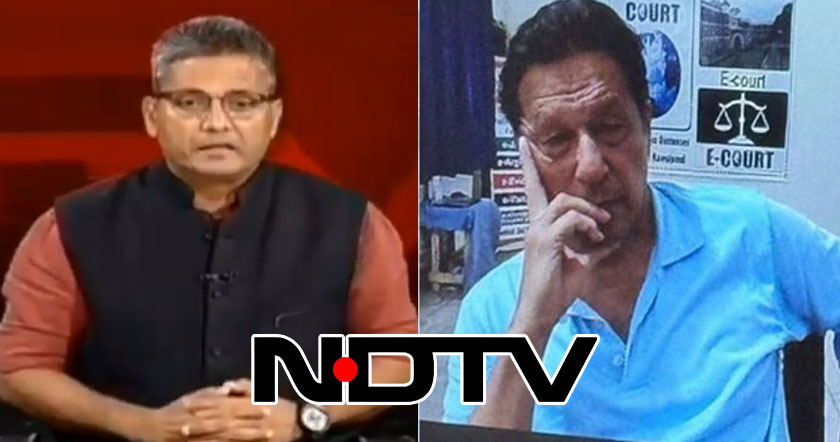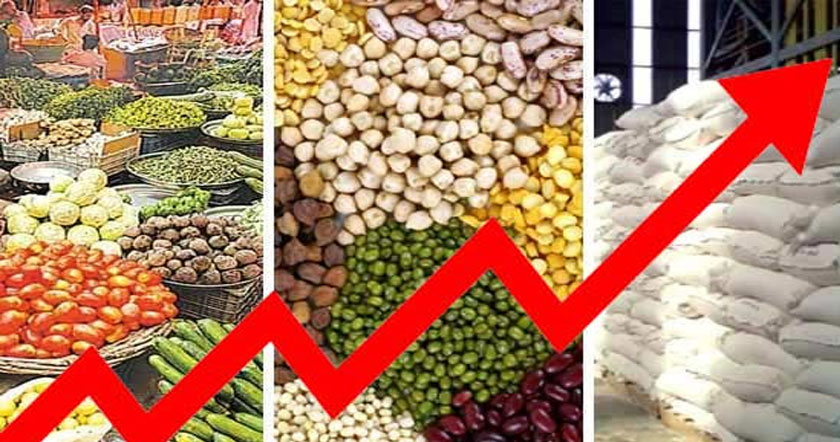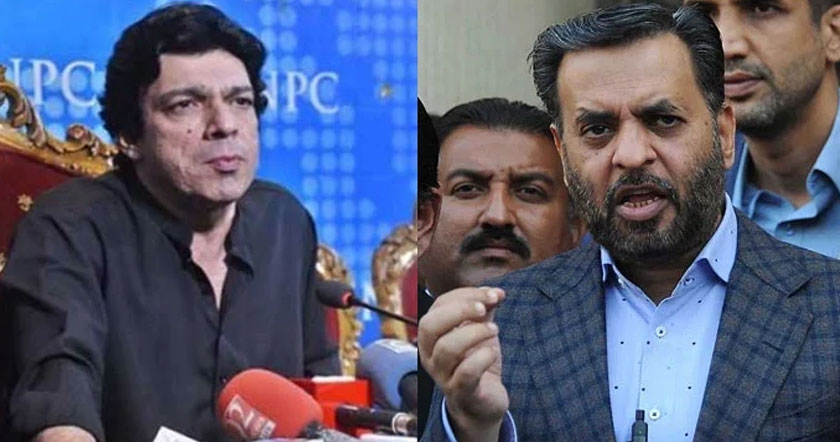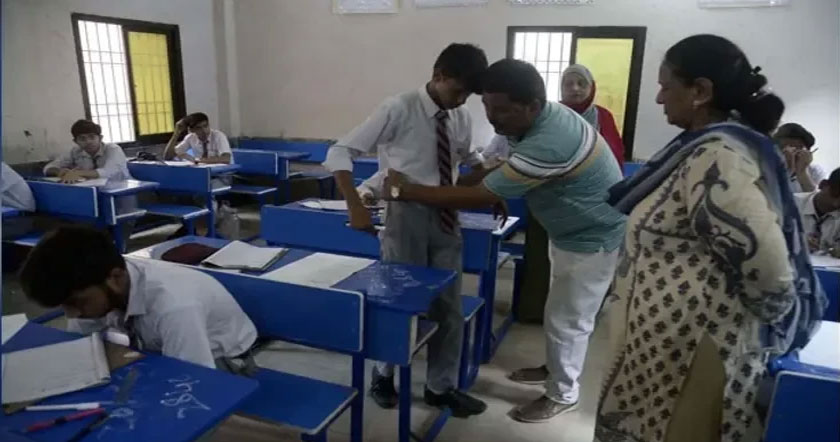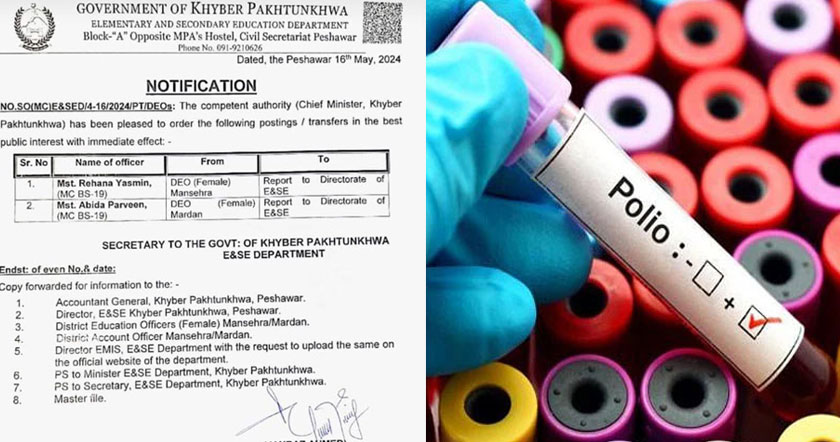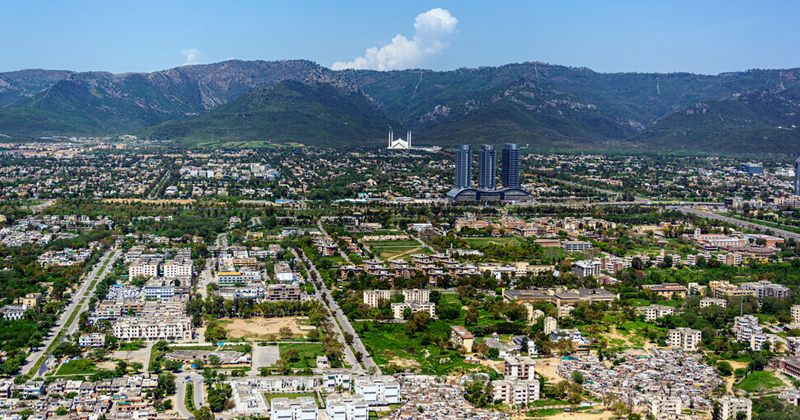Published: June 27, 2011

Numbers dont lie, and the truth is not pretty.
Pakistan has fallen behind countries in the region, and around the world in serving its peoples needs. The governments persistent failure to implement its plans or reforms damages the economy. There is no better example of this than the power sector. Add to this the inability on the part of the government to collect taxes and these failures limit the possibilities for Pakistan to operate as a democratic and independent country. Pakistans economy is not growing as fast as it should, population is growing too fast. Our focus on health and education is myopic while our defence and debt spensing is bleeding the country of resources that could have been better used to fuel industrial growth.
Government borrowing is suffocating entrepreneurship. The scenario is not an impossible one, but not one that can be fixed by cosmetic measures. Recovery will be dependent on measures which will be harsh and demand discipline on all levels be it fiscal, social or ethical.
How the power crisis is holding Pakistan back
In the year 2000 there was a 2,000 MW power surplus. In 2010 there was a 5,529 MW shortage. The shortage is now more than the combined peak demand for electricity in Karachi and Faisalabad. Total annual losses to the economy caused by the power crisis are nearly Rs280 billion or $3.5 billion more than all the money the government spends on education each year. Pakistani electricity generation depends heavily on oil and gas, the most expensive form of power. This is why the cost of producing electricity has almost doubled since 2007. Yet Pakistani consumers pay the lowest electricity tariffs of all oil-importing Asian countries. Power subsidies since 2007 have cost more than the combined spending on education and health over the same period. These subsidies are equal to combined annual income of the 9 million poorest households in Pakistan.
The burden of running Pakistan
Inefficient government expenditure has crippled Pakistans ability to provide its people the services that matter. Government subsidies hurt the economy, and a hurting economy hurts the poor. With the subsidies provided to public sector enterprises last year, the government could have provided more than Rs41,000 in cash to every household living below the poverty line. a massive burden on Pakistans children. PIA alone has lost more than Rs93 billion in the last six years. That is enough money to provide a years schooling for over 22 million children. Government companies are indebting Pakistans future generations. The combined subsidies provided to Pakistan Railways, Utility Stores, the Trading Corporation of Pakistan, and a range of fertiliser producers and importers in 2008-2009 was Rs97.6 billion more than the total value of the loans Pakistan takes from the World Bank ($1.2 billion).
The burden of borrowing
Every fifth rupee that the government spends is borrowed. Successive Pakistani governments borrow on average 20% of what they spend. Consequently debt levels are very high. Every third rupee the government spends is on debt repayment and 31% of total spending goes on paying government debts. This is more than the combined expenditures on education, health, and safety nets. Defence spending consumes a large share of Pakistans resources. Pakistan has spent a greater share of its national income on the military over the last decade than any country in the region. Military spending accounts to Rs2,000 per person per year. Pakistan spends a lot of money oil imports. Energy policy has meant that annual oil import bill is $11bn (6bn for power generation), this is roughly equivalent to the entire emergency loan taken from IMF in 2008.
Building on strengths
If utilised well, natural resources can contribute hugely to Pakistans economy. Once operational, the Reqo Diq copper mines are expected to generate annual export revenues of $4.6 billion for the next 56 years. Once operational, the Thar coal mines will generate annual export revenues of $4.2billion for the next 100 years. Annual income from the Reqo Diq and Thar reserves alone would be equivalent to more than two times the total annual assistance of World Bank, Asian Development Bank and all other bilateral assistance put together. Second, no economy can grow without small businesses. Small- and medium-sized enterprises are the growth engines for the economy. They create jobs, develop entrepreneurship, and account for 30% of GDP in Pakistan; employ 70% of non-farmers; and contribute 25% of total export earnings. However, banks do not lend to SMEs, preferring to lend money to the government small and medium sized firms account for just 9% of bank lending in Pakistan. This has to change.
Paying for a sovereign Pakistan, a taxing enterprise
The tax burden in Pakistan is heaviest on those sectors that are weakest. The manufacturing sector contributes only 23% of all income to the economy, but pays two thirds of all taxes. Agriculture and the services sector make up 77% of the national income, but contribute only a third of all taxes. The tax burden in Pakistan disproportionately falls on the poor and the middle class. More than 60% of taxes are indirect. Indirect taxes penalise consumption and make no distinction between rich and poor. In a system with more indirect taxes than direct taxes, the burden of taxation falls disproportionately on the poor and the middle class. With low taxation comes high borrowing. Borrowing is expensive, for the present, and for the future.
To cover the gap between high expenditure and low tax collection government does two things: it borrows money and it prints new money. Both cause inflation. Inflation is also a tax on consumptionand it hits the poor the hardest. The price of milk has gone from Rs17.9 in 2000 to Rs60 in 2011, price of wheat is up from Rs8.9 in 2000 to Rs30 in 2011. Having low taxes creates a vicious cycle of debt and inflation. Borrowing money instead of raising it through taxes costs more money in the future.
Location, location, location
Nestled between China, India and the Middle East, Pakistan is in one of the the worlds fastest growing regions. Growth from regional trade alone can add billions to the economy. Pakistan is also on an essential trade route. China-Middle East trade is worth $172 billion today. It will exceed $2 trillion by 2030. If even 5% of Middle East trade flows through Pakistan, it will boost transit receipts collected by government by 2% of GDP per annum. Indias rapid economic growth offers a unique opportunity for Pakistan as well. India is expected to grow at roughly 8% a year for the foreseeable future. This will raise per capita incomes in India from $1,264 in 2010 to $20,406 in 2030. Pakistans economy is expected to grow at an average of only 3% per annum over the same period. By increasing trade with India currently at only $1.3 billion, or 2.6% of total trade Pakistan can boost its own growth. Over the next decade, if trade with India grows to $10 billion Pakistans economy could grow at 4.5% per annum or more.
Published in The Express Tribune, June 27th, 2011.
http://tribune.com.pk/story/197180/where-pakistan-stands/

Numbers dont lie, and the truth is not pretty.
Pakistan has fallen behind countries in the region, and around the world in serving its peoples needs. The governments persistent failure to implement its plans or reforms damages the economy. There is no better example of this than the power sector. Add to this the inability on the part of the government to collect taxes and these failures limit the possibilities for Pakistan to operate as a democratic and independent country. Pakistans economy is not growing as fast as it should, population is growing too fast. Our focus on health and education is myopic while our defence and debt spensing is bleeding the country of resources that could have been better used to fuel industrial growth.
Government borrowing is suffocating entrepreneurship. The scenario is not an impossible one, but not one that can be fixed by cosmetic measures. Recovery will be dependent on measures which will be harsh and demand discipline on all levels be it fiscal, social or ethical.
How the power crisis is holding Pakistan back
In the year 2000 there was a 2,000 MW power surplus. In 2010 there was a 5,529 MW shortage. The shortage is now more than the combined peak demand for electricity in Karachi and Faisalabad. Total annual losses to the economy caused by the power crisis are nearly Rs280 billion or $3.5 billion more than all the money the government spends on education each year. Pakistani electricity generation depends heavily on oil and gas, the most expensive form of power. This is why the cost of producing electricity has almost doubled since 2007. Yet Pakistani consumers pay the lowest electricity tariffs of all oil-importing Asian countries. Power subsidies since 2007 have cost more than the combined spending on education and health over the same period. These subsidies are equal to combined annual income of the 9 million poorest households in Pakistan.
The burden of running Pakistan
Inefficient government expenditure has crippled Pakistans ability to provide its people the services that matter. Government subsidies hurt the economy, and a hurting economy hurts the poor. With the subsidies provided to public sector enterprises last year, the government could have provided more than Rs41,000 in cash to every household living below the poverty line. a massive burden on Pakistans children. PIA alone has lost more than Rs93 billion in the last six years. That is enough money to provide a years schooling for over 22 million children. Government companies are indebting Pakistans future generations. The combined subsidies provided to Pakistan Railways, Utility Stores, the Trading Corporation of Pakistan, and a range of fertiliser producers and importers in 2008-2009 was Rs97.6 billion more than the total value of the loans Pakistan takes from the World Bank ($1.2 billion).
The burden of borrowing
Every fifth rupee that the government spends is borrowed. Successive Pakistani governments borrow on average 20% of what they spend. Consequently debt levels are very high. Every third rupee the government spends is on debt repayment and 31% of total spending goes on paying government debts. This is more than the combined expenditures on education, health, and safety nets. Defence spending consumes a large share of Pakistans resources. Pakistan has spent a greater share of its national income on the military over the last decade than any country in the region. Military spending accounts to Rs2,000 per person per year. Pakistan spends a lot of money oil imports. Energy policy has meant that annual oil import bill is $11bn (6bn for power generation), this is roughly equivalent to the entire emergency loan taken from IMF in 2008.
Building on strengths
If utilised well, natural resources can contribute hugely to Pakistans economy. Once operational, the Reqo Diq copper mines are expected to generate annual export revenues of $4.6 billion for the next 56 years. Once operational, the Thar coal mines will generate annual export revenues of $4.2billion for the next 100 years. Annual income from the Reqo Diq and Thar reserves alone would be equivalent to more than two times the total annual assistance of World Bank, Asian Development Bank and all other bilateral assistance put together. Second, no economy can grow without small businesses. Small- and medium-sized enterprises are the growth engines for the economy. They create jobs, develop entrepreneurship, and account for 30% of GDP in Pakistan; employ 70% of non-farmers; and contribute 25% of total export earnings. However, banks do not lend to SMEs, preferring to lend money to the government small and medium sized firms account for just 9% of bank lending in Pakistan. This has to change.
Paying for a sovereign Pakistan, a taxing enterprise
The tax burden in Pakistan is heaviest on those sectors that are weakest. The manufacturing sector contributes only 23% of all income to the economy, but pays two thirds of all taxes. Agriculture and the services sector make up 77% of the national income, but contribute only a third of all taxes. The tax burden in Pakistan disproportionately falls on the poor and the middle class. More than 60% of taxes are indirect. Indirect taxes penalise consumption and make no distinction between rich and poor. In a system with more indirect taxes than direct taxes, the burden of taxation falls disproportionately on the poor and the middle class. With low taxation comes high borrowing. Borrowing is expensive, for the present, and for the future.
To cover the gap between high expenditure and low tax collection government does two things: it borrows money and it prints new money. Both cause inflation. Inflation is also a tax on consumptionand it hits the poor the hardest. The price of milk has gone from Rs17.9 in 2000 to Rs60 in 2011, price of wheat is up from Rs8.9 in 2000 to Rs30 in 2011. Having low taxes creates a vicious cycle of debt and inflation. Borrowing money instead of raising it through taxes costs more money in the future.
Location, location, location
Nestled between China, India and the Middle East, Pakistan is in one of the the worlds fastest growing regions. Growth from regional trade alone can add billions to the economy. Pakistan is also on an essential trade route. China-Middle East trade is worth $172 billion today. It will exceed $2 trillion by 2030. If even 5% of Middle East trade flows through Pakistan, it will boost transit receipts collected by government by 2% of GDP per annum. Indias rapid economic growth offers a unique opportunity for Pakistan as well. India is expected to grow at roughly 8% a year for the foreseeable future. This will raise per capita incomes in India from $1,264 in 2010 to $20,406 in 2030. Pakistans economy is expected to grow at an average of only 3% per annum over the same period. By increasing trade with India currently at only $1.3 billion, or 2.6% of total trade Pakistan can boost its own growth. Over the next decade, if trade with India grows to $10 billion Pakistans economy could grow at 4.5% per annum or more.
Published in The Express Tribune, June 27th, 2011.
http://tribune.com.pk/story/197180/where-pakistan-stands/
















